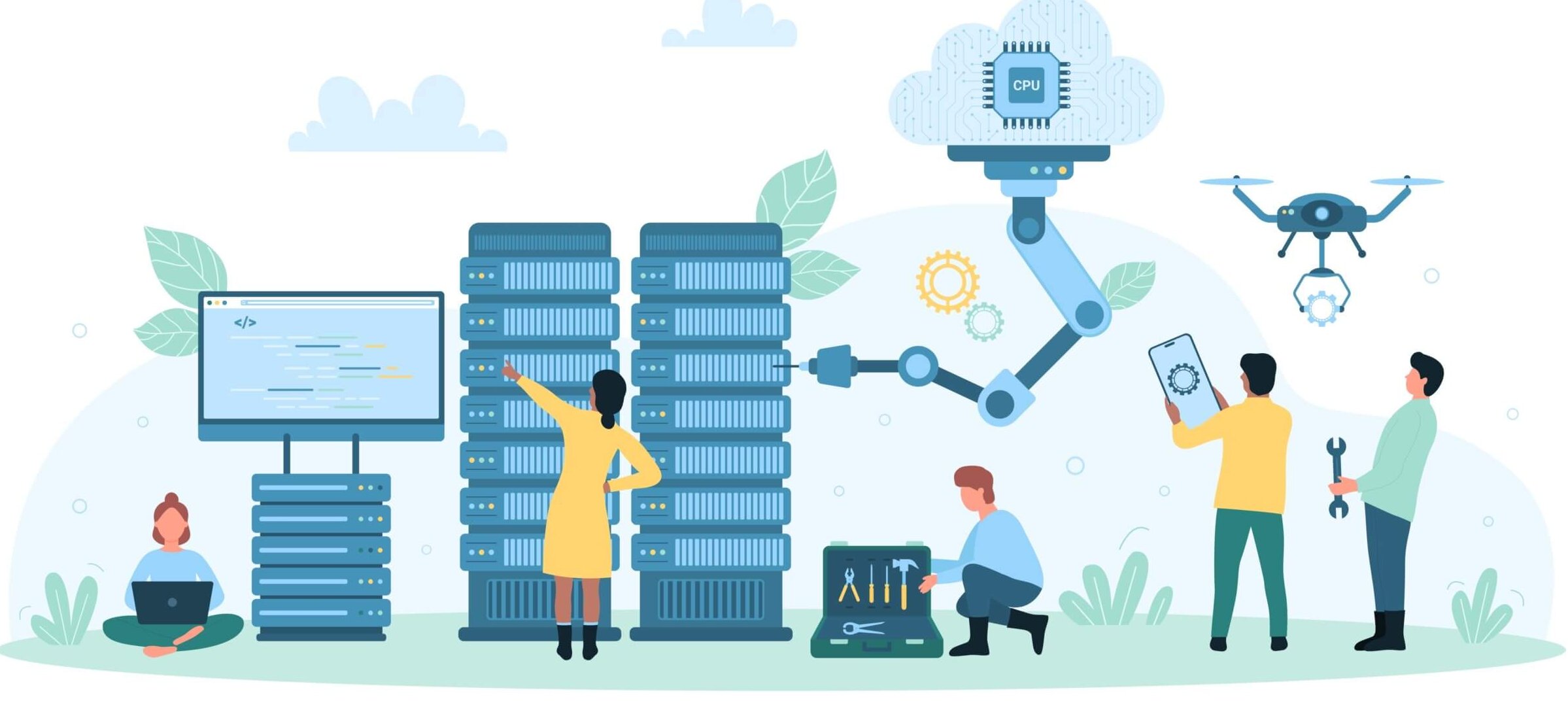This is the second in my series on the cloud. I started writing about cloud visibility and in this article, we take a look at cloud costs.
If we look at the evolution of computing over the past 30 or so years, it has always been about monumental shifts in technology, which drive further and further innovation, efficiencies and – seemingly – cost reduction. From the first days of client/server, to the introduction of the Internet, to the rise of VMware & hypervisors, and now the cloud, technology suppliers have been fast and furious with bringing to market an array of capabilities that promise to make everything faster, cheaper, and better.
But is it truly so?
Specific to the cloud, AWS is far-and-away the market leader, but Microsoft Azure is rapidly climbing the charts. GCP is seemingly a distant third, with others (IBM Cloud, Oracle Cloud) near the bottom. Like all platform-plays, this is a consolidation model. Similar to the mobile OS wars, where a multi-horse race between iOS, Android, Windows Mobile, and Symbian gradually became two – as developers decided to place their bets on the platforms with the largest share (in this case, iOS and Android) – we will (IMHO) see a similar thinning of the herd in the cloud space over the coming years. AWS and Azure will likely become the de-facto standards moving forward – until the next technological revolution, which likely will revolve around containers.
Given the inevitable end-game I outlined above, suppliers in the space (and their massive ecosystems) are focused on accelerating the shift to the Cloud – be it through migration assessments, “readiness documents” and of course, price concessions, and all types of ROI analyses. Meanwhile, Big Iron providers find themselves staring down the barrel of a gun – it’s either kill or be killed in business, and the faster traditional Big Iron adapts, the better off they’ll be in the long-term. Cost is trumpeted repeatedly by cloud providers as a primary driver to move. The notion of “eliminating your on-premises assets” (and potentially, your resources) is seen by C-level folks as an immediate cost savings. Cloud suppliers want their customers to focus on their core competency – but given today’s environment, every organization is now a software organization in some way, shape or form! So, the ability for any organization to acquire skills to help with technology management has increased over time; the question is will that lead to cost efficiencies with usage of on-premises assets?
Simply moving to the cloud alone in my experience does not reduce costs.
I have seen orgs “boomerang” back from the cloud, based on disastrous experiences they’ve had – whether it be supplier, cost, or technology-related. Furthermore, the ability to right-size cloud compute instances and storage is paramount and a key prerequisite for cloud migration – without this type of data, one is flying blind and simply assuming that the cloud will magically provide cost savings. A true “right-sizing” process involving instance and storage selection analytics is required to align to performance requirements of the workload in question.
Certainly, there are “low-hanging fruit” in every organization that are easier workloads to migrate. However, the crown jewels of most organizations – the EMR apps, the billing/payment apps, the large databases & the like – typically have slim to zero chance of moving anytime soon. Certainly, the risk is seen as too high given the mission-criticality of said workloads, but the additional cost to somehow move/migrate these workloads is seen as astronomical. Downtime cannot be tolerated, and the sheer size of these workloads dismisses them as a candidate. Hence, the evolution to hybrid estates.
But what if there were a way to de-risk migration of mission-critical workloads?
What if there were a way to determine how and if your workloads will perform as expected in a public cloud? And certainly, how much will it cost to run the workloads in the cloud? Which Cloud Service Provider (CSP) is the best choice for my applications?
These are all questions worth pondering. There’s no direct answer to the cloud cost query I posed in my headline – as I’ve said in prior articles, a combination of people, process, and technology will lead some organizations to cost savings, and others to cost overruns. However, those that can harness the power of the cloud – and the associated cost savings that can accrue – are those firms armed with the data and the visibility to make accurate decisions. I have seen this continually in my work, and the trend is only accelerating.
If you’re interested in learning more about Virtana’s hybrid cloud migration and optimization solutions, get in touch or read our latest case study with Forrester.
More about Cloud Cost Management

Ravi Gopal




